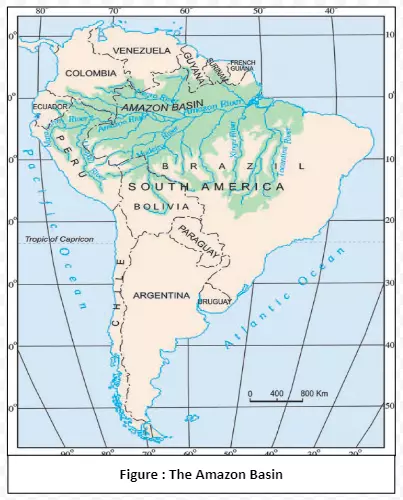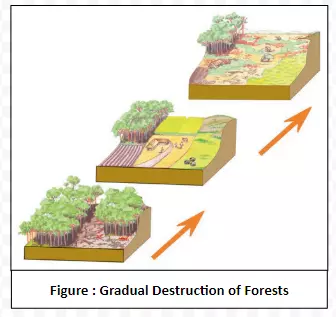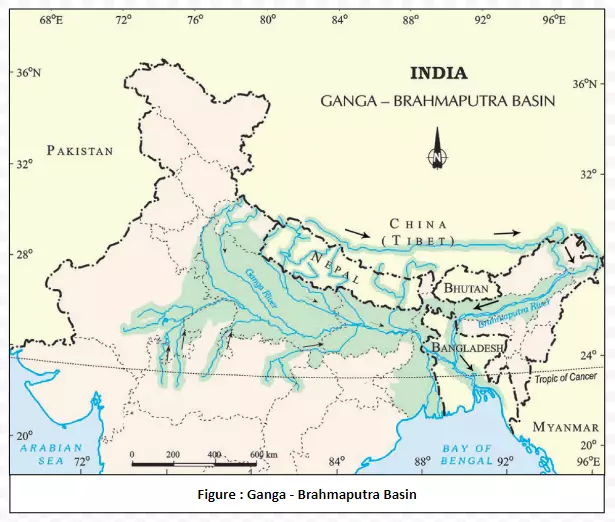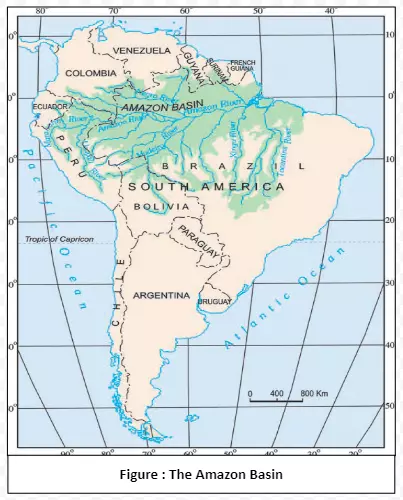![]() November 29, 2023
November 29, 2023
![]() 2578
2578
![]() 0
0
Life in the tropical and subtropical regions is characterized by lush biodiversity, vibrant ecosystems, and a warm climate. These regions with diverse flora and fauna, situated near the equator, boast rich and diverse flora and fauna, including tropical rainforests and unique wildlife. The abundance of sunlight and rainfall fosters a dynamic environment that supports a myriad of plant and animal species.

When Spanish explorers discovered the Amazon river, they were attacked by a group of local tribes wearing headgears and grass skirts.
These people reminded them of the fierce tribes of women warriors known in the ancient Roman Empire as the Amazons. Hence it was named as Amazon river.
Bromeliads are special plants that store water in their leaves. Animals like frogs use these pockets of water for laying their eggs


Bromeliads are special plants that store water in their leaves. Animals like frogs use these pockets of water for laying their eggs
Terraces are built on steep slopes to create flat surfaces on which crops are grown. The slope is removed so that water does not run off rapidly.

Terraces are built on steep slopes to create flat surfaces on which crops are grown. The slope is removed so that water does not run off rapidly.
Present day Sahara once used to be a lush green plain. Cave paintings in the Sahara desert show that there used to be rivers with crocodiles. Elephants, lions, giraffes, ostriches, sheep, cattle and goats were common animals. But the change in climate has changed it to a very hot and dry region.
<div class="new-fform">
</div>

Latest Comments